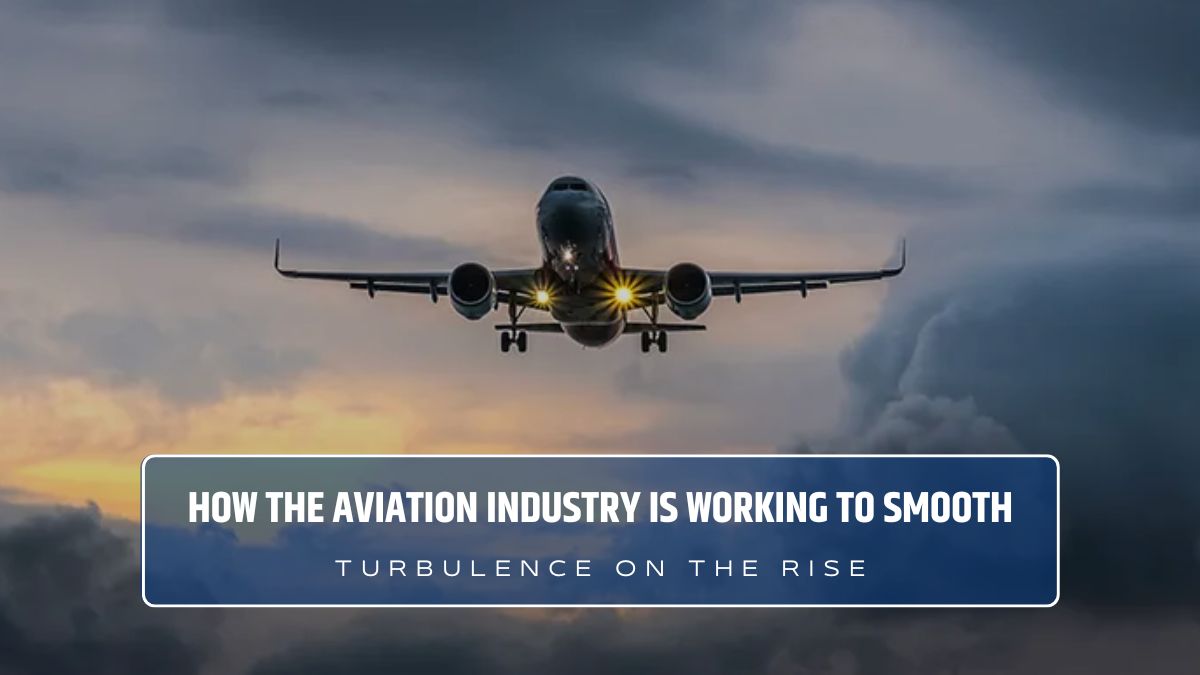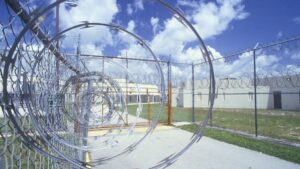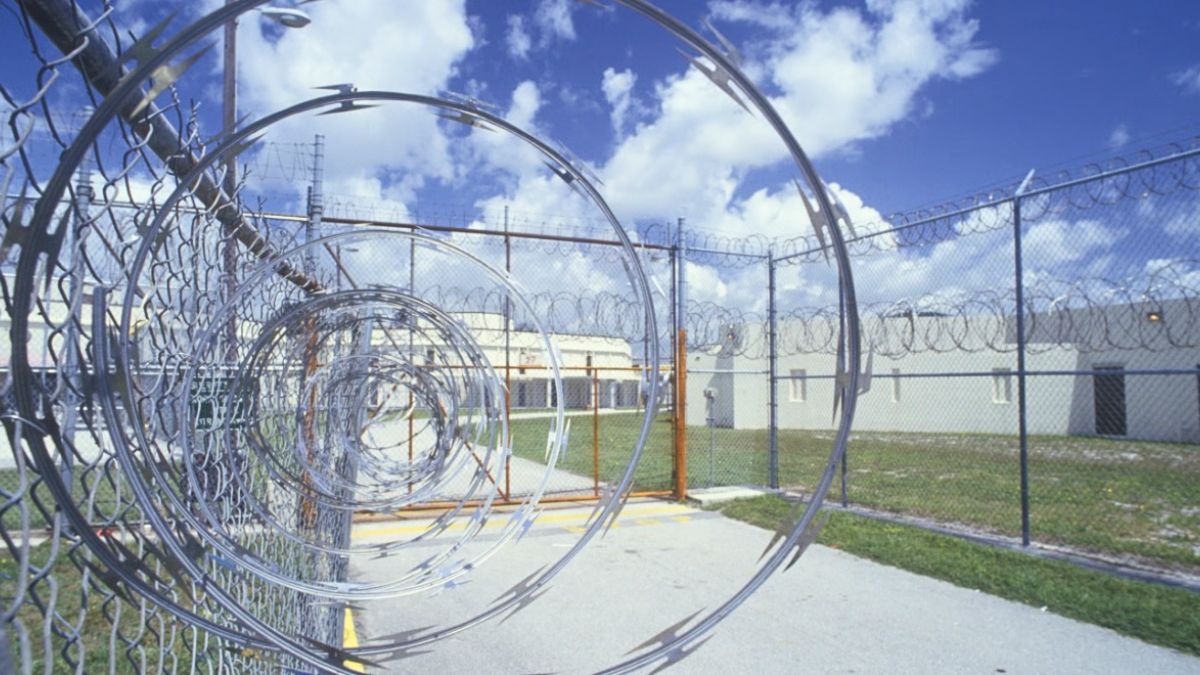Turbulence has always been a nuisance for air travelers, but climate change is now turning it into a more dangerous and frequent threat. In recent years, high-altitude turbulence has intensified so dramatically that experts and engineers are racing to find new ways to keep aircraft—and passengers—safe in an increasingly unstable atmosphere.
Passengers on a 2024 Singapore Airlines flight experienced chaos when the aircraft hit severe turbulence over Myanmar. The scene was described as complete havoc, with people thrown from their seats and injuries reported. Not long after, a United Airlines flight suffered a similar incident over the Philippines, where a flight attendant was slammed into the ceiling, sustaining a concussion and a broken arm.
These episodes are becoming more common. According to Paul Williams, a professor of atmospheric science at the University of Reading, severe clear-air turbulence has increased by 55 percent since 1979. Williams warns that by the 2050s, turbulence is expected to triple—especially along routes over East Asia and the North Atlantic.
Invisible and Dangerous
Clear-air turbulence, or CAT, occurs without visual cues and can’t be detected by traditional radar. It happens in cloudless skies, making it impossible to anticipate with the naked eye. Aside from the risk of injury, turbulence increases costs for airlines through delays, maintenance, and higher fuel usage as pilots navigate around it.
Avoiding or simply enduring turbulence is no longer a viable option. Engineers and scientists are developing new methods to detect, predict, and even counter turbulence in flight. One company, Turbulence Solutions in Austria, is testing small, flexible devices called flaplets that adjust based on airflow pressure and stabilize the aircraft—similar to how birds fine-tune their feathers mid-flight.
Tests on smaller planes show these devices can reduce the impact of turbulence by over 80 percent. CEO Andras Galffy believes this technology can scale up for use in commercial jets. His goal is to shift the industry mindset from simply managing turbulence to actively mitigating it.
Enter AI and Sensors
While flaplets handle the physical aspect of turbulence, AI may offer help on the data side. At KTH Royal Institute of Technology, Ricardo Vinuesa is using deep reinforcement learning to train artificial intelligence to read and react to changing airflow around wings in real time. These AI systems don’t just guess—they learn through trial and error and then apply their learning in simulated environments.
Vinuesa and his team are using explainable AI, which allows them to see how and why the system makes certain decisions. This transparency is essential when applying AI to real-world aviation, where safety is paramount.
At NASA’s Langley Research Center, researchers are testing microphones that can detect infrasound signals from turbulent air up to 300 miles away. Meanwhile, scientists at Caltech and Nvidia have tested AI-driven sensors in wind tunnels, using extreme turbulence to train drones for flight stability.
The Lidar Challenge
Another promising approach is using Lidar—light detection and ranging systems that scan the air ahead of an aircraft to create 3D maps, just like self-driving cars do on the road. A 2023 Chinese study proposed a dual-wavelength Lidar system that could detect moderate CAT up to 10 kilometers in front of a plane.
However, the thinner atmosphere at cruising altitude makes these systems bulky, power-hungry, and impractical for current commercial aircraft. Engineers are still working to make them lighter and more efficient.
Forecasting the Unpredictable
Despite the complexity of turbulence, forecasting has improved. Two decades ago, experts could predict about 60 percent of turbulence events. Now, that number is up to 75 percent, thanks in part to better computing, more data, and advancements like the Graphical Turbulence Guidance (GTG) system.
Yet, one major challenge remains: access to high-quality turbulence data. Much of this data is collected by commercial aircraft, and it often comes at a cost. Williams says scientists must pay to access it, which can slow research.
Today, about 1,300 weather balloon sites and around 100,000 daily commercial flights contribute to turbulence data. IATA’s Turbulence Aware program helps by anonymizing and sharing real-time information with airlines like Air France and EasyJet.
For passengers, apps like Turbli offer route-specific turbulence predictions based on pilot data. Williams admits he uses it but jokes that it can sometimes be like googling your symptoms—not always comforting.
Here’s a look at the technologies shaping the future of turbulence response:
| Technology | Purpose | Current Status |
|---|---|---|
| Flaplets | Reduce wing vibration from turbulence | Tested on small aircraft |
| AI airflow control | Predict and stabilize airflow | In development with positive results |
| Lidar | Map turbulence ahead of aircraft | Promising but too heavy for commercial use |
| Infrasound detection | Identify turbulence 300 miles away | Under testing by NASA |
| Turbulence Aware program | Real-time data sharing for airlines | Used by major carriers |
With more powerful storms and shifting jet streams ahead, turbulence is becoming a more urgent problem for global aviation. The hope is that new technologies—flap by flap, byte by byte—will help keep the skies safer for everyone.
























